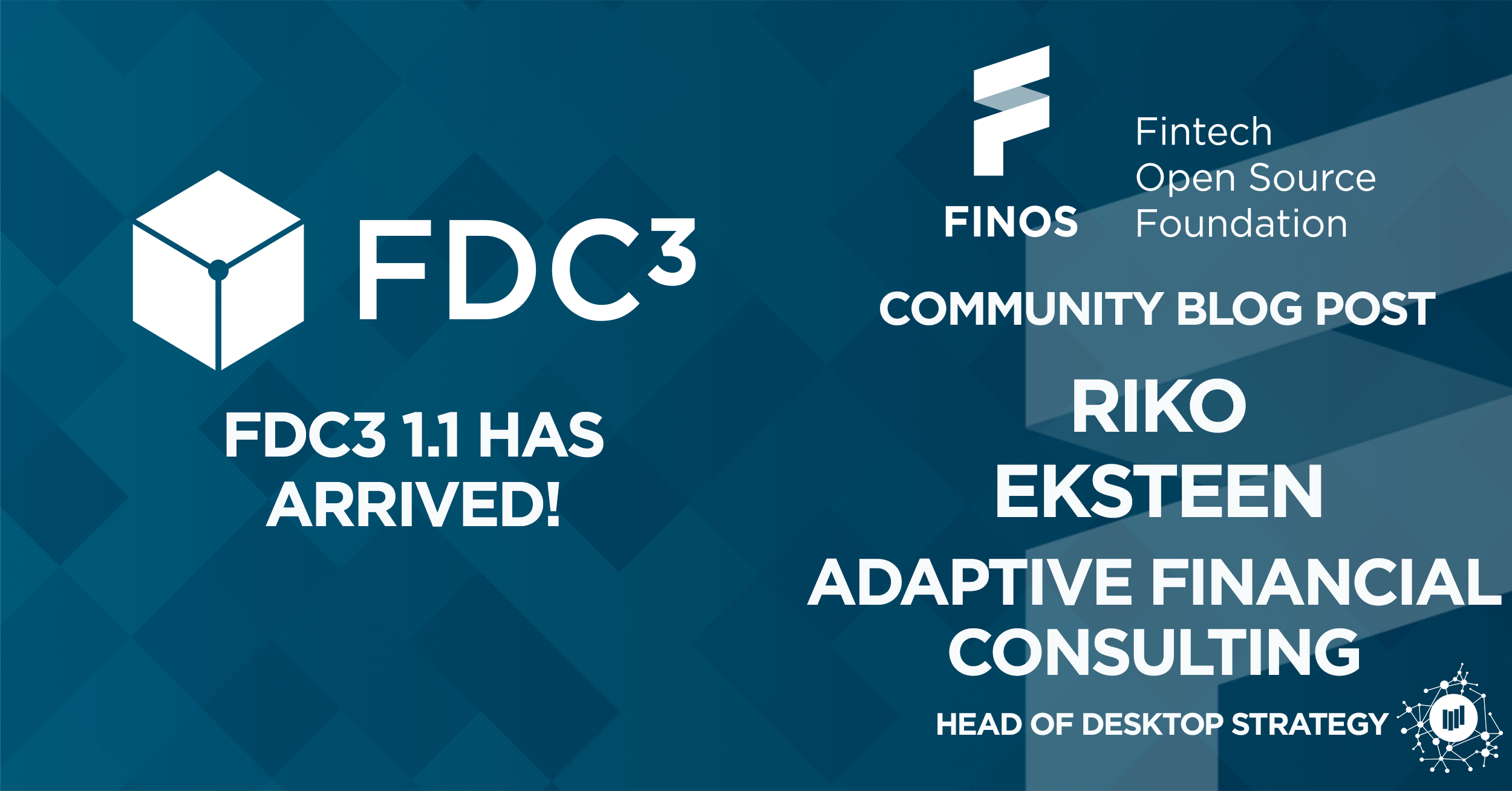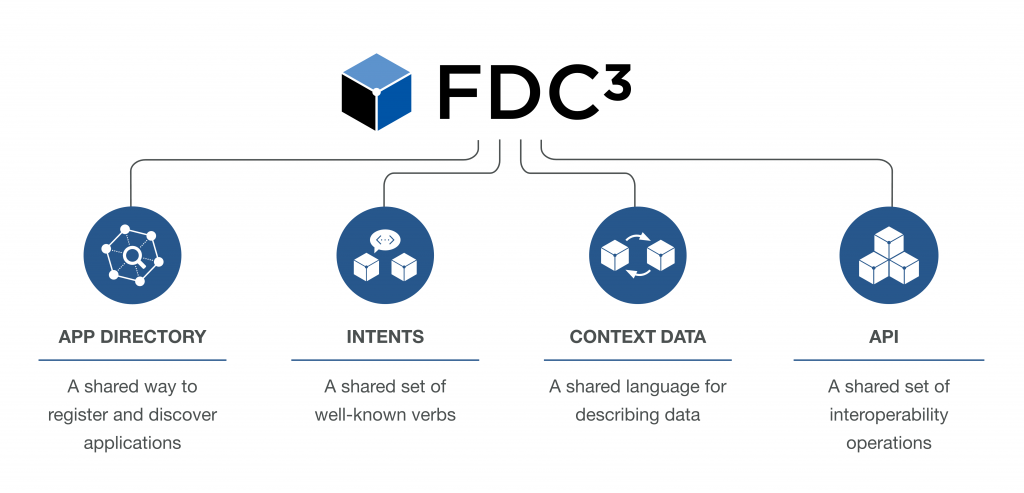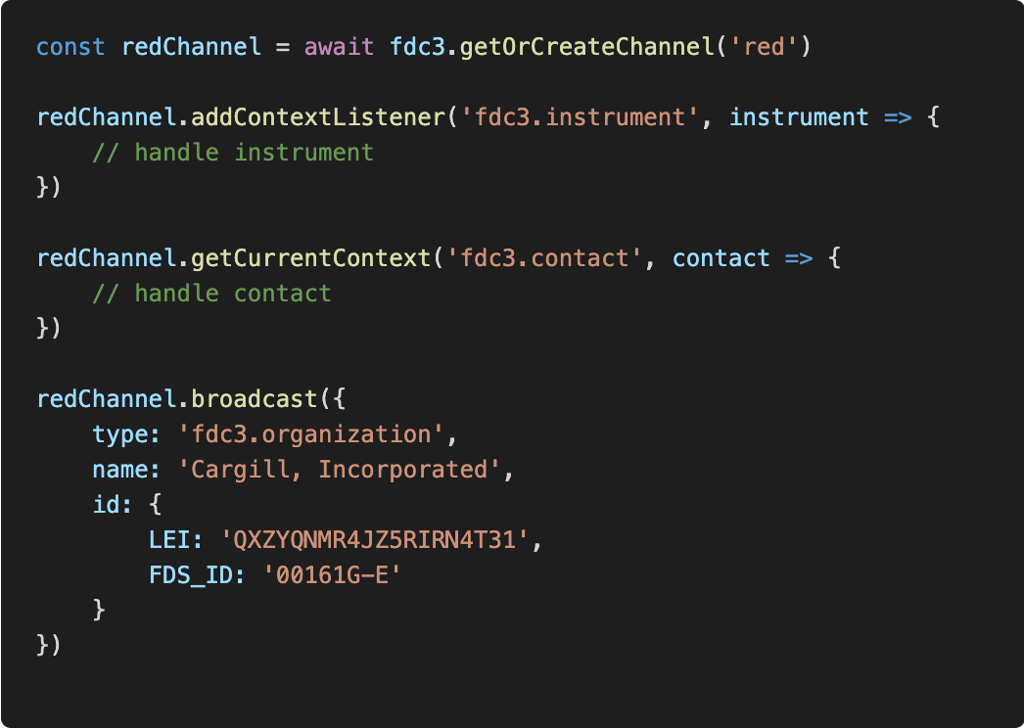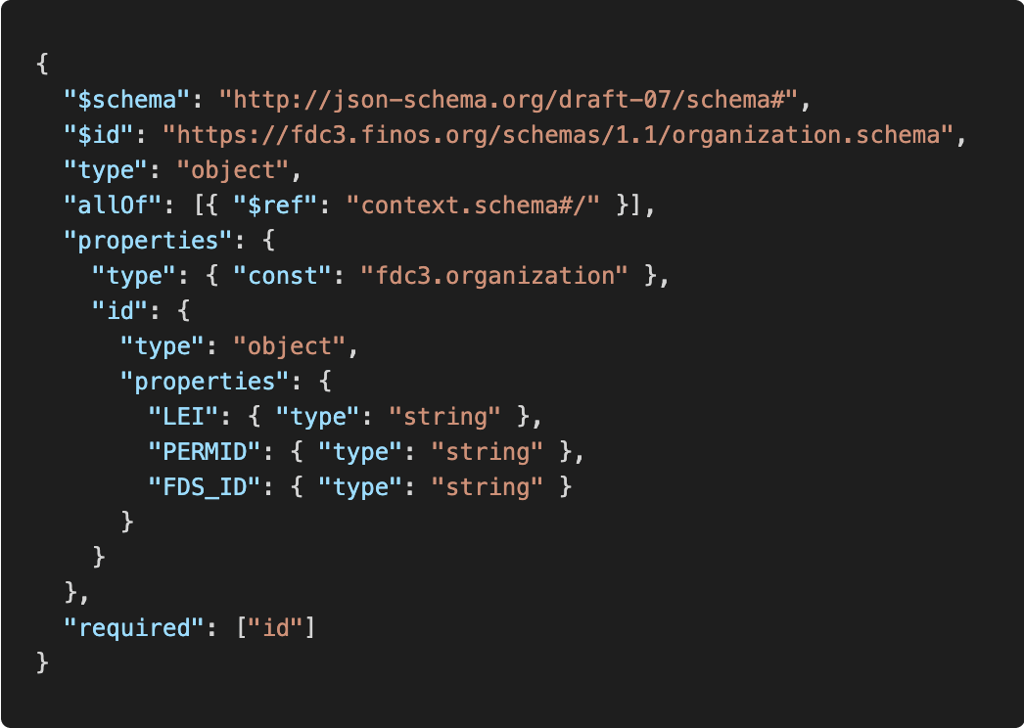FINOS recently announced the 1.1 release of the FDC3 desktop standard. We at Adaptive are excited about this release, and the new capabilities it enables on the financial desktop. We are also proud of the role we play working with the community to evolve the standard, and push our industry forward.
Author: Riko Eksteen - Head of Desktop Strategy, Adaptive Financial Consulting
This blog post was originally posted on Adaptive's website.

Since Adaptive’s inception, we have been involved in projects where we had to compose applications together to create new workflows, and we saw first-hand how transformative desktop interoperability and micro-frontends can be for both businesses, and the way people work.
This is why we continue to invest time and effort into FINOS and FDC3 – we believe these standards matter for our clients. I have poured much of my own free time into the FDC3 community over the past 18+ months, during which I have served on the FDC3 Program Management Committee, as chair of the API working group, and later the Intents and Context Data working group.
It has been immensely encouraging to see how the community has grown during this time, and how financial organizations, large and small, have come together to collaborate around shared interests.
I am proud to say that Adaptive has now joined FINOS as a silver member, supporting and investing in our community. We have unique insight to offer to the FINOS community from our years of experience building bespoke, real-time trading systems.
What is FDC3?
The Financial Desktop Connectivity & Collaboration Consortium was founded in 2017 by OpenFin and contributed to FINOS, the Fintech Open Source Foundation.
You can read about the mission of FDC3, and its business focus, on FINOS’s program page, but I like the tagline that jumps out at you if you go to https://fdc3.finos.org: “Open Standards for the Financial Desktop”. To me this perfectly summarizes what the FDC3 community is working towards: open standards that allow financial applications, from any firm or vendor, to collaborate with one another, and compose powerful workflows that can transform the way people work.

The FDC3 standard is made up of four complimentary specifications: App Directory, Intents, Context Data and API. Together they provide the connecting glue that allows micro-frontends, or desktop components, to “speak the same language”.
These specifications are underpinned by real-world business use cases, produced by the FDC3 Use Cases working group.
Watch my FinJS talk on this topic
What is new in FDC3 1.1?
FDC3 1.1 comes a little bit more than a year after the initial 1.0 release.
In this release, we have focused on support for new workflows around sharing of data between applications, in the form of the Channels API. The Channels API allows applications to share data over dedicated named channels, and abstracts use cases like “color linking” between applications, which is common in the financial industry.
For example:

We have also standardized some key building blocks as official context data schemas. These include data types for instrument, contact, organization, etc.
I have personally worked hard on making sure these schemas are published with unique identifiers on the FDC3 website, from where they can be consumed directly for code generation and validation, enabling powerful development workflows.
For example, this is https://fdc3.finos.org/schemas/1.1/organization.schema.json:

In response to feedback from the community, we have also focused on improving the developer experience, and there is now a reference guide for intents and context data types.
For more details about the changes in the 1.1 release, see the release notes, and the FINOS release blog.
What comes next?
The FDC3 community has some exciting additions planned for the next releases, including support for two-way operations that return data, and more intents and data types to support financial use cases.
Adaptive’s Reactive Trader Cloud showcase application already includes support for FDC3, and we have plans to further expand our offerings.
How can we help?
At Adaptive, we have put several projects based on FDC3 into production for our clients, including a desktop interoperability framework for a Tier 1 investment bank.
The NatWest Markets Scout project closely relied on FDC3 to enable interoperability between Symphony and NWM’s other applications to create a seamless user experience.
FDC3’s vision of an interoperable desktop mirrors our focus on great workflow, not just applications. Our UX and technical teams are experienced in applying workflow-driven design to business problems, helping organisations put in place transformative desktop ecosystems.
Interested in this FINOS open source project, or any of our other projects? Click the link below to see how to get involved in the FINOS Community.


